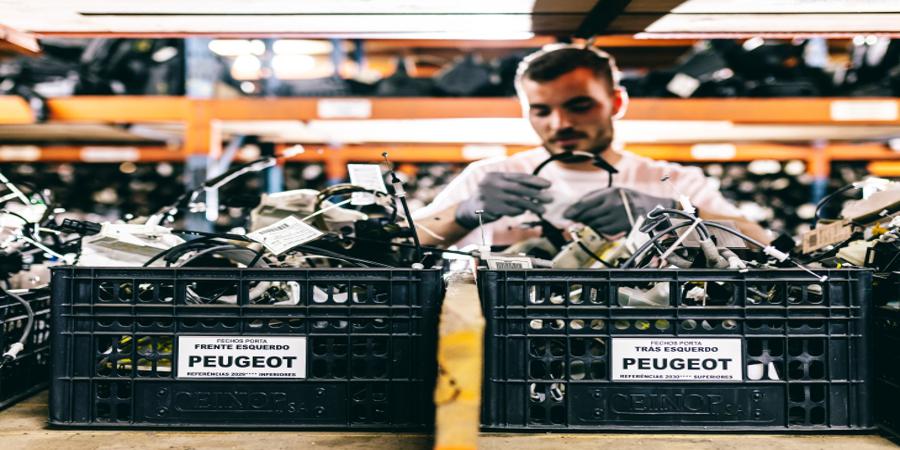Stellantis on Tuesday launched a plan for its business unit dedicated to circular economics, which, to cut through the jargon, is a segment of the company dedicated to sustainability and recycling.
The parent company to brands like Jeep, Dodge, Maserati and Peugeot estimates that the new unit will bring in more than €2 billion in revenues by 2030 and drive the company’s carbon net-zero target by 2038.
The move comes nearly five months after Stellantis pleaded guilty to concealing the amount of pollution created by its diesel engines and agreed to pay $300 million to settle allegations of criminal fraud. Like other automakers that faced similar scandals, such as Volkswagen, Stellantis read the room and charged forward on a more environmentally acceptable path, one that aims to drive value for Stellantis stakeholders.
The new unit, which Stellantis first announced in March as part of its Dare Forward 2030 strategic plan, will focus on designing for a circular economy and relying on the tried and tested 4R strategy — remanufacture, repair, reuse, recycle.
Let’s break down exactly what that will look like for Stellantis.
“In some regards, the circular economy actually starts at the point of design where, for any product or service, how do I design it so that it lasts as long as possible, either through durability of materials or refreshing?” Alison Jones, senior vice president of Stellantis’ global circular economy unit, said during a press briefing Tuesday.
In a circular economy, parts’ deaths are anticipated, meaning they’re designed to be broken down for recycling. Products are sketched out to be built with recycled materials, Jones said.
Source @TechCrunch



